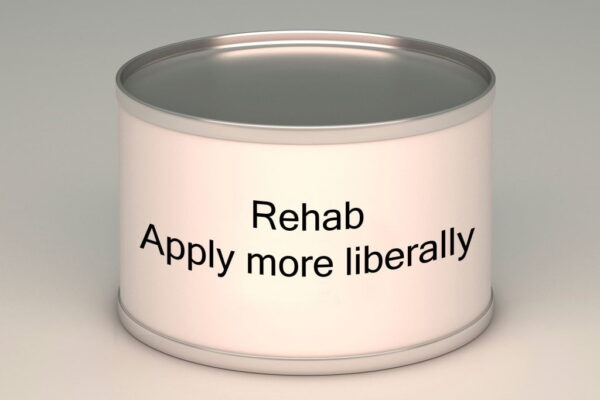
There’s an urgent need to improve our response to Scotland’s drug problems. The focus has quite rightly been on harm reduction interventions, but some (including me) have also called for better access to residential rehab as part of the spectrum of approaches. While clearly not a panacea, could residential rehab make an impact on drug (and alcohol) deaths? It would be good to find out.
Following a survey of the field, the Residential Rehabilitation Working Group has just reported back to the Scottish Government with its findings and recommendations. I’m pleased to say these have been broadly welcomed – the Public Health Minister has pledged £90,000 to take some of this forward.
I’ve written already about what we found and the principles that should guide our work to make things better, but what did we actually recommend? The full recommendations can be found here. I’m going to paraphrase them over two blogs starting today.
- Access
We need to make sure that access to rehab is even and fair across Scotland and Alcohol and Drug Partnerships (ADPs) ought to ensure rehab is available to clients in all of Scotland. A list of providers should be created, we should capture all episodes of residential treatment, and barriers to rehab should be better understood through stakeholder consultation.
2. Capacity planning
Consideration should be given to setting up a needs assessment involving those with lived experience, families and practitioners and we need to measure current capacity understand the reasons for waits and monitor bed usage.
3. Best Value
Funding models need to be mapped and the relative advantages and disadvantages understood. Value for money should be explored.
4. Standardisation
The Scottish Government should consider the establishment of specific standards to support the commissioning of residential placements. This would include, but not be limited to; minimum time in treatment, mental health support including for complex trauma, relationship with communities of recovery, embedded harm reduction principles, housing, education and employability, outcome monitoring, aftercare etc.
5. Pathways
ADPs and the Scottish Government should work together to scope and compare current referral pathways focusing on vulnerable groups and those with the greatest need. Best practice should be developed on pathways into and from residential treatment. Explore diversion from the criminal justice system and in acute healthcare settings directly to residential rehabilitation.
Reflections on the place of rehab
As we’ve been doing this work, I’ve noticed an unhelpful tendency by some to set one type of intervention up against another. From this viewpoint it’s either harm reduction or abstinence or alternatively, it’s either medication assisted treatment or residential rehab.
We can multitask. We can have recovery as a hopeful principle in each harm reduction intervention and we can have harm reduction at the core of what we do in rehabilitation services.
We can have a spectrum of treatment approaches which are joined up and sensitive to the needs and goals of the individual (and their family) at each and every point on their journey. Journeys are rarely linear – people may have to use different sorts of services and interventions repeatedly to reach their destination.
But at the moment we generally don’t have that joined up system with real choice. We’ve found out that some people don’t have access to rehab. For those who do get there, they often report difficulty in accessing it and finding funding.
We need to improve this and my hope is that actioning these recommendations will take us closer to having that joined up system of care.
Picture credit: istockphoto: shpock (under license)
